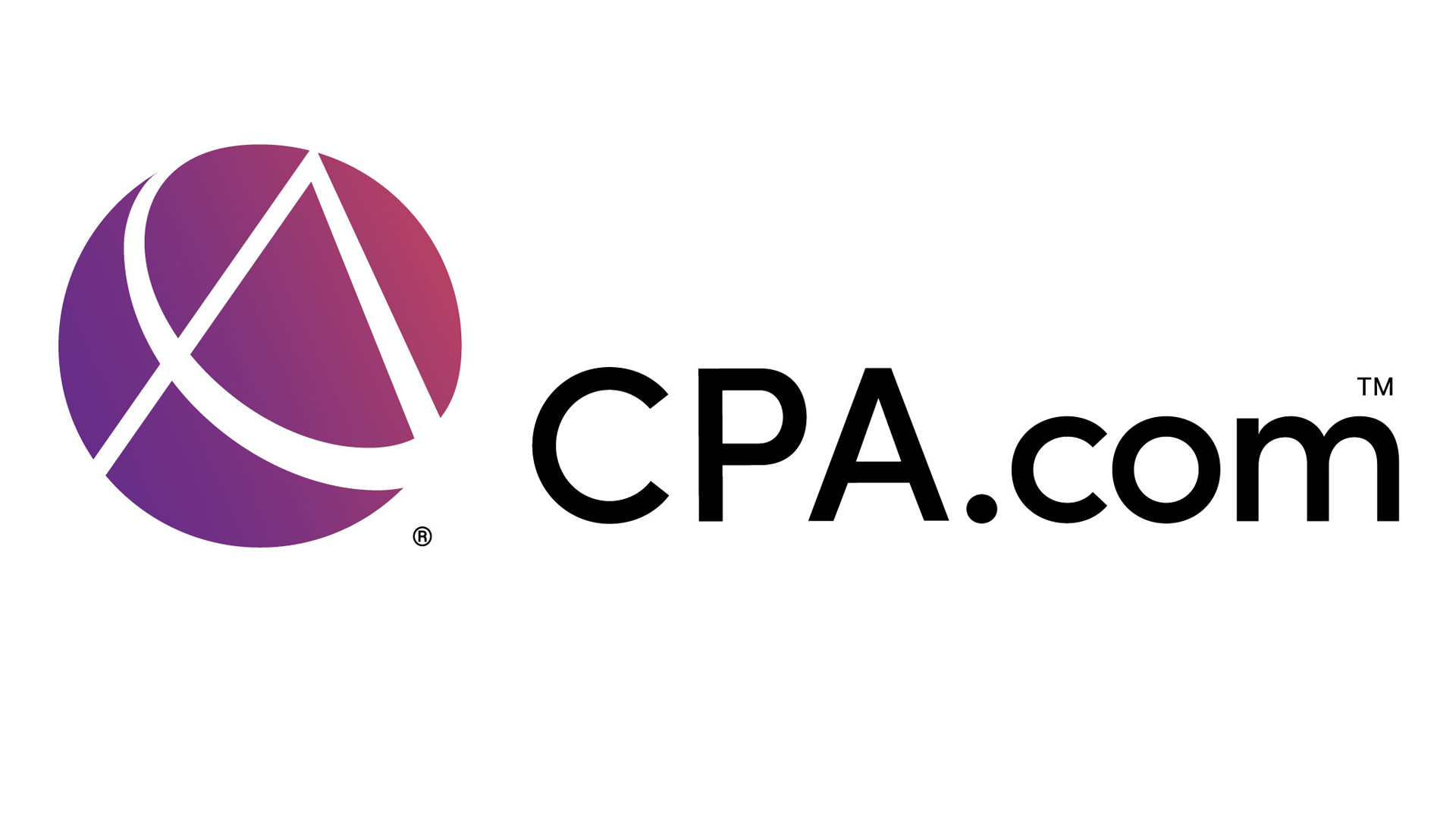Recent regulatory and professional organization guidance surrounding special purpose acquisition company transactions (SPACs) is pushing some dealmakers (47% private equity professionals; 21.8% corporate development professionals) to rethink how they’ll access the public markets in 2022, according to a Deloitte poll. Further, many of those polled say their organizations are not prepared to pursue an initial public offering (IPO; 37.6% private equity respondents, 41.8% corporate development respondents).
Despite those concerns, some dealmakers expect their organizations will pursue an IPO or SPAC transaction within calendar 2022 (21.3% of private equity respondents; 19.6% of corporate development respondents).
“During the recent hot deal market, some leaders have taken their companies public three or four times faster than the typical 18-24 months usually needed to complete required financial, accounting, regulatory compliance work,” said Nicole Swenson, a Deloitte Risk & Financial Advisory managing director focused on transaction execution, accounting, reporting and integration (TEARI), Deloitte & Touche LLP. “But, a tougher test of mettle for public companies and their leaders might be in maintaining strong financial reporting and regulatory compliance after transaction close and despite ongoing challenges.”
When asked what was most likely to deter IPO and SPAC transactions for their organizations in the year ahead, private equity respondents pointed to a global economic downturn (26%) while corporate development professionals said undesirable valuations (25.9%). Additional deterrents included continued regulatory scrutiny of transactional structures (15.6% of private equity respondents) and post-transaction regulatory compliance (11.7% of private equity respondents; 11% of corporate development respondents).
“Ringing a stock market bell and seeing a ticker trade publicly are both exciting inflection points as organizations go public. However, we always urge leaders to stay focused on their organizations’ long-term, transformative needs as a future or newly public company. By measuring their companies’ efforts against requirements for publicly traded institutions, those leaders can help identify financial reporting, talent and skillsets, processes and systems gaps that — once addressed — improve overall company performance,” said Christine Murphy, a Deloitte Risk & Financial Advisory managing director focused on TEARI, Deloitte & Touche LLP.
Questions leaders can ask to ascertain the strength of financial reporting teams, practices and protocols for organizations pursuing or newly trading in public markets include:
- What does our organization’s filing calendar look like? Establishing a clear timeline of when various filings are due can help organizations navigate the change to public company requirements. Building and honing processes — and sometimes additional resources — to support deadline achievement can often serve as a bit of a resource gap analysis spanning areas inclusive of accounting, financial reporting, financial planning and analysis, tax, internal controls and IT systems.
- Are our internal controls ready to support Sarbanes-Oxley Act (SOX) Section 404 compliance? While SOX will enter its third decade later in 2022, compliance with it can be complex for newly listed companies. Requirements for management to implement internal controls designed to provide investors with reliable financial information or — if the public company is large — to assess and report on the effectiveness of internal controls can be a marked change for previously privately held organizations.
- Have we tested our organization’s ability to meet regulatory requirements? If accounting and reporting processes as well as internal controls are established or poised to launch, organizations can consider working to find ways to improve efficiency and effectiveness as part of an ongoing process to help provide regulators, investors and other stakeholders with accurate information.
- What new talent do we need to bring on board? Just as private entities don’t always have professionals with experience in public company financial reporting or SOX, they also don’t typically have treasury or investor relations functions. Often prior to initial filing or shortly after filing, organizations need to scale talent in these areas.
- How formalized is our organization’s corporate governance structure? Depending on the exchange they’re listed on, publicly traded companies have varying requirements for their boards. Typically, organizations shifting to public status need to transform their boards to include more members who are independent, experienced in advising other publicly traded organizations on finance, accounting and other regulatory requirements, experienced in the industry and who demonstrate the organization’s commitment to environmental, social and governance (ESG) and diversity, equity and inclusion (DEI) advancement.
Thanks for reading CPA Practice Advisor!
Subscribe Already registered? Log In
Need more information? Read the FAQs
Tags: Accounting, Advisory, ESG




